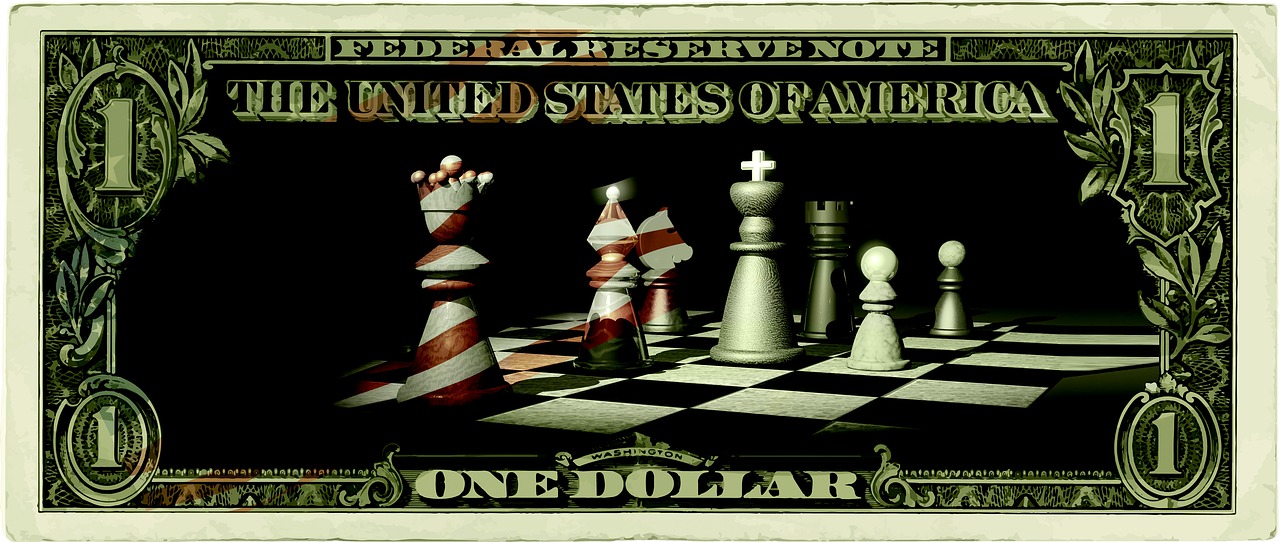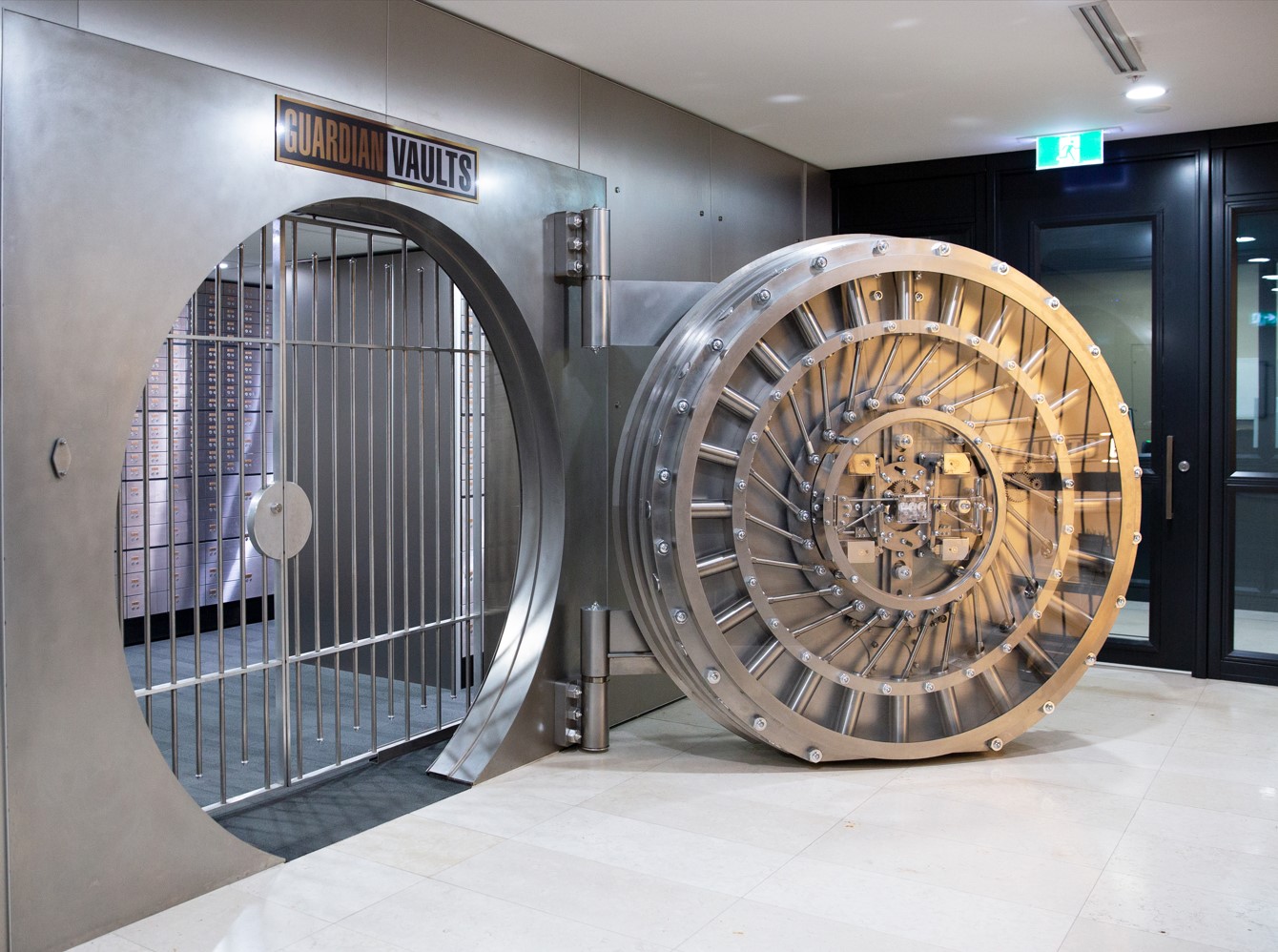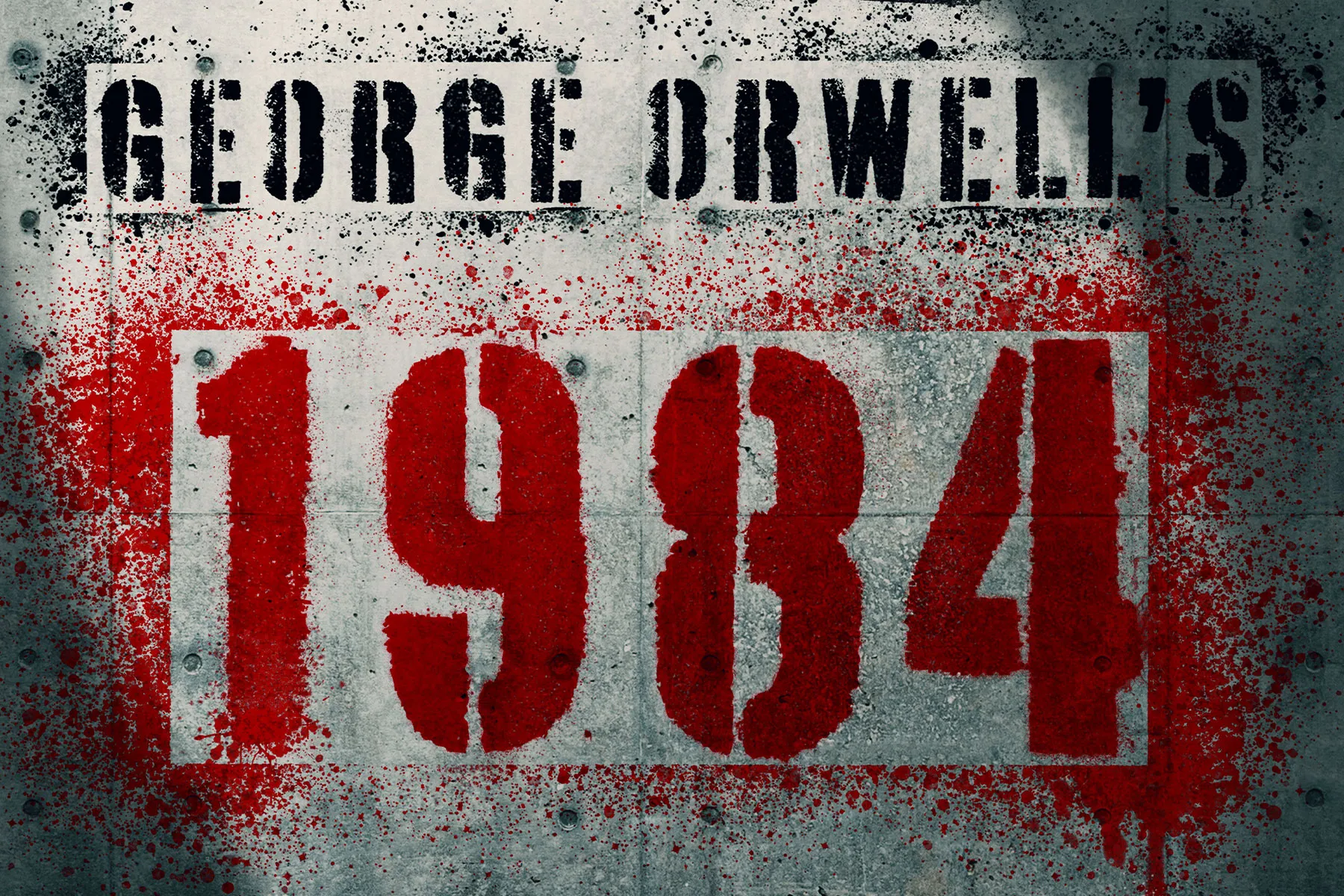The fifth power
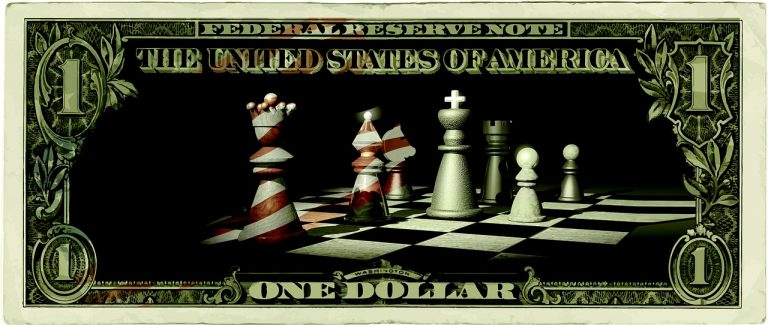
Before any motivation or political decision, at the source of all moral or ethical debates, the real matter is only power. The control of money being absolute power, to understand this world one must understand money.
In a modern democracy, power is divided among several branches: the legislative, executive, and judicial branches. However, this definition is incomplete, as there are two other powerful and potentially dangerous branches that are often overlooked: the media branch and the money branch.
The media branch, which includes television, newspapers, and the internet, has the power to shape public opinion and influence the decisions made by the other three branches through the dissemination of propaganda and narratives dictated by elite or powerful financial groups.
The money branch, which includes control through dependency, corruption, greed and manipulation, is by far the most powerful of all branches. It allows control over the other four branches through the manipulation of economic resources and power.
To ensure true freedom of the individual and nations, it is suggested that money should be dissociated from the state, similar to how religion was dissociated in the past to allow freedom of speech and science.
The value of money
Money is a medium of exchange that enables trade in goods and services. Throughout history, as societies advanced beyond bartering, they began to use their most marketable goods as media of exchange. In primitive societies, this included things like cattle or measures of grain, salt, or fish. In early civilizations where the division of labor extended to larger areas, gold or silver emerged as the most marketable good and eventually became the only medium of exchange, referred to as money. It is clear that money was not invented by rulers or leaders, but they often took control of it whenever they faced budget deficits and needed a way to generate revenue through currency debasement.
This leads to the conclusion that the widespread use of paper money today would not have been possible without its prior use as a substitute for real money, such as gold and silver, which had a non-monetary demand. Only when people grew accustomed to these substitutes and governments restricted their freedom to use gold and silver as media of exchange, did government-issued paper money, also known as fiat money, emerge as the legal medium of exchange. It has value and purchasing power, but lacks any non-monetary demand, because people now direct their monetary demand towards government-issued paper money. If for any reason this public demand were to cease or shift towards real goods as media of exchange, the fiat money would lose its value. The Continental Dollar and various foreign currencies throughout history serve as examples of this phenomenon.
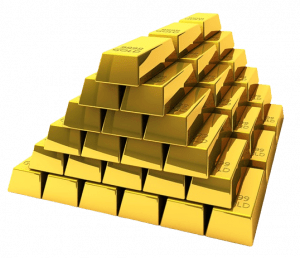
The use of a common medium of exchange, such as a currency, facilitates international trade by allowing parties to easily exchange value. As an example, consider a fictional scenario in which there is a war between Ukraine and Russia, with Ukraine being supported by the United States and NATO. If Israel, as a major arms exporter, is contracted to provide weapons to the US, they may ask to be paid in a currency that is widely accepted and stable, such as the US dollar. However, in the event of a large-scale war involving multiple major powers, such as the US, Russia, and China, the stability of government-backed fiat currencies may be uncertain. In this case, a country like Israel may prefer to be paid in a more stable and universally accepted form of value, such as gold, to protect against potential currency crashes. This example illustrates how governments and central banks may increase their gold reserves during times of political or economic uncertainty.
“Gold” The deprecated King and the 1971 historical turn
Throughout history, gold has been used as a medium of exchange and store of value, and many societies have used a gold standard to back their currencies. Under a gold standard, the value of a currency is tied to a specific amount of gold, and the currency can be exchanged for gold at a fixed rate. For example, under the gold standard, a government may fix the value of its currency so that it is equal to a certain weight of gold, and individuals and businesses can exchange their currency for gold at that rate. This can help to stabilise the value of the currency and reduce the risk of inflation.
In 1971, the United States government stopped using the gold standard to value the U.S. dollar. This means that the U.S. dollar was no longer directly tied to a specific amount of gold, and the government was no longer required to exchange dollars for gold at a fixed rate. This event is known as the “Nixon Shock,” as it was announced by President Richard Nixon in a series of measures taken in 1971.
The decision to abandon the gold standard was taken in response to a number of economic and political pressures. At the time, the U.S. was running large trade deficits and experiencing high inflation, and the fixed exchange rate between the U.S. dollar and gold was making it difficult for the government to address these issues. By ending the gold standard, the U.S. government gained more flexibility to conduct monetary policy and stabilize the value of the dollar.
The abandonment of the gold standard was a significant event in the history of money, as it marked the end of the gold standard as a global monetary system and the beginning of the modern era of fiat currencies.
So the “value” of currencies is backed by nothing but trust in the Federal Reserve or Central Banks (self-verified and controlled by anonymous, unelected people) who are capable of creating an infinite amount of FIAT currencies and in doing so generates exponential inflation.
How Inflation Erodes The Value Of Your Money.
The value of money refers to how much it is worth, or its purchasing power, relative to other goods and services in the economy. The value of money is determined by the supply and demand for it, as well as the level of inflation in the economy. When the demand for money is high and the supply is low, the value of money tends to be higher, and vice versa. Inflation, or the rate at which the general price level of goods and services is rising, can also affect the value of money. If there is high inflation, the value of money may decline, as it takes more money to purchase the same goods and services. Conversely, if there is low inflation, the value of money may increase.
If it feels like your dollar doesn’t go quite as far as it used to, you aren’t imagining it !
Just for fun:

